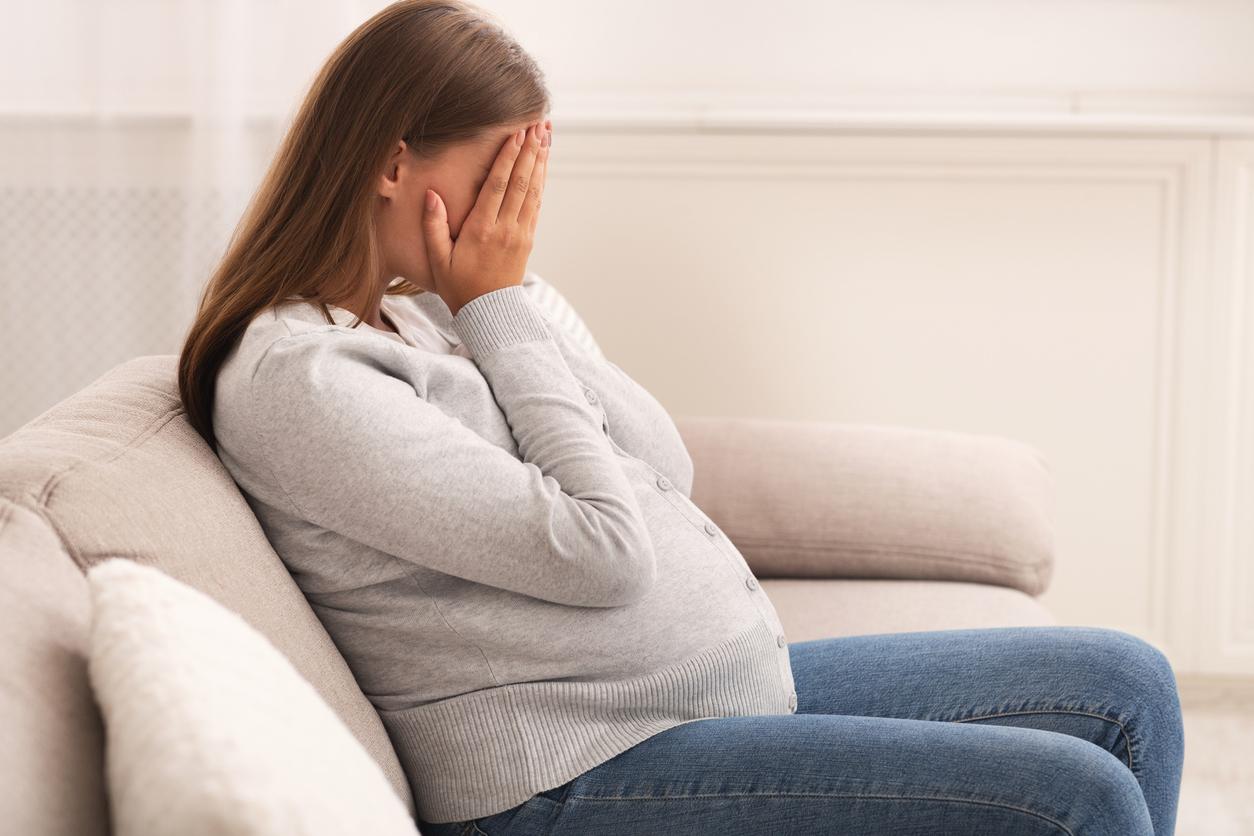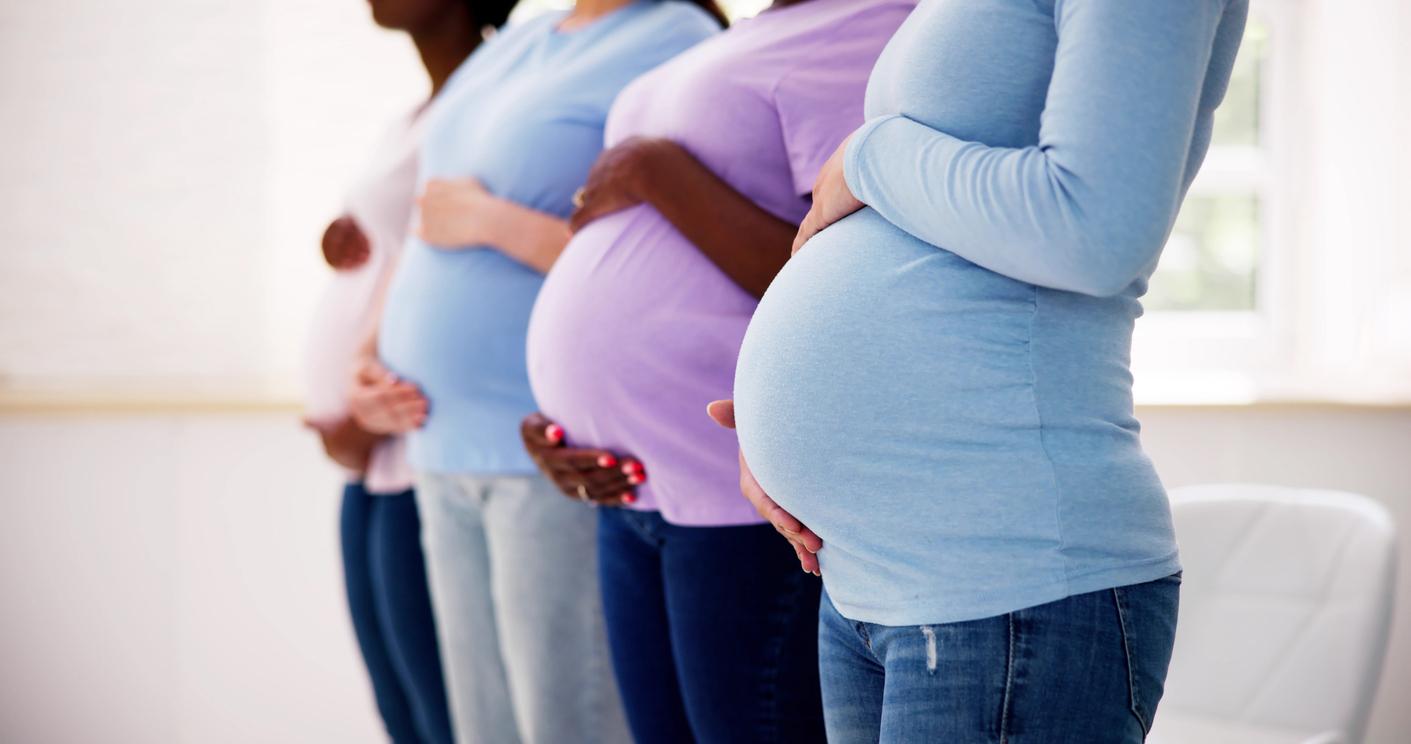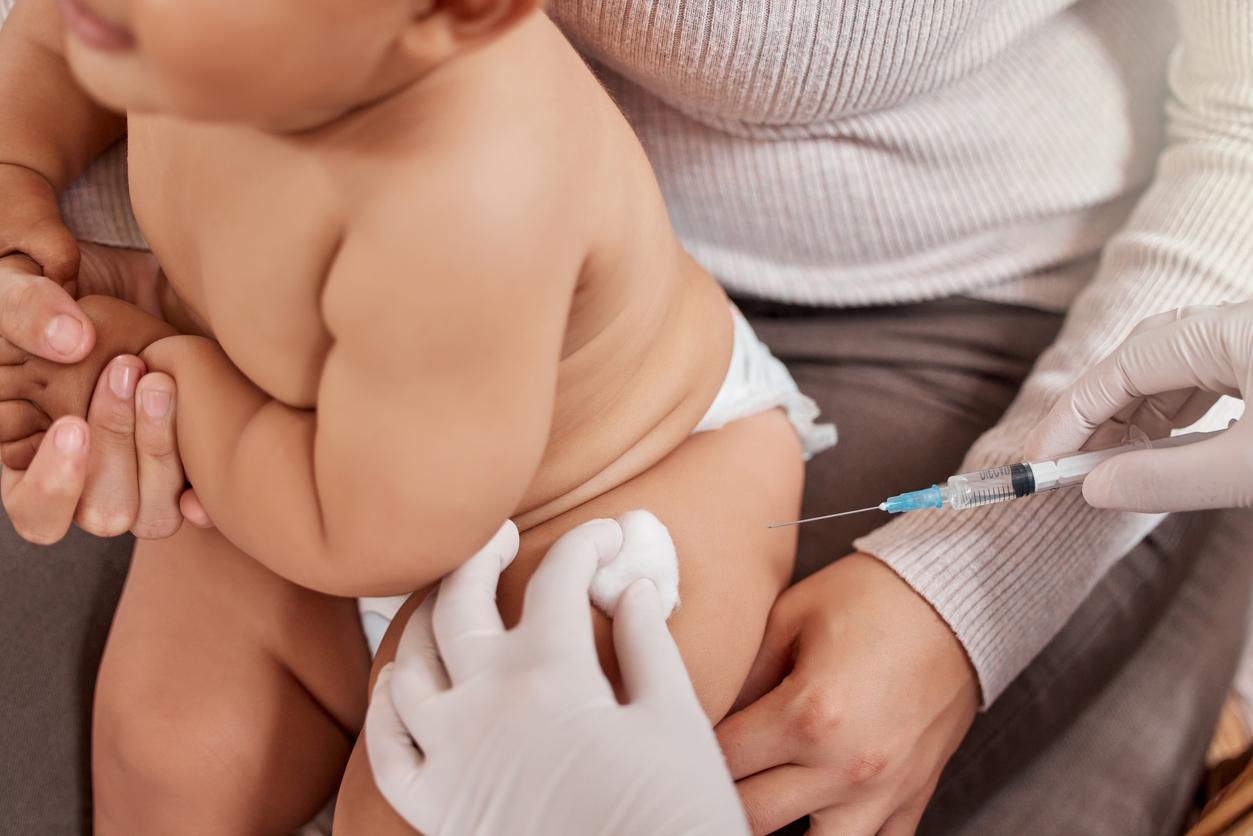
February 6, 2019.
According to a recent study, the exposure of the baby during pregnancy and the first years of his life to certain chemicals present in particular in cosmetics and certain food packaging, would cause breathing difficulties.
Certain substances “could be associated with reduced respiratory function in children”
In a joint press release, researchers from the National Institute of Health and Medical Research (Inserm), the University of Grenoble Alpes and the Institute for Global Health in Barcelona, report that “ prenatal and postnatal exposure to various chemical pollutants is associated with decreased respiratory function in children “. This is the result of a study published on February 6 in the journal The Lancet Planetary Health.
The study authors collected data on prenatal and postnatal exposures related toexternal environment (air pollution by fine particles, noise, etc.), chemical contaminants (endocrine disruptors, metals, persistent organic pollutants, etc.) and lifestyle (food, etc.) in more than 1,000 pregnant women and their children in six European countries, we read in the press release.
Reduce exposure to chemicals to prevent chronic respiratory disease
Are questioned by researchers the perfluorinated compounds, used in particular in certain non-stick kitchen utensils, various food packaging and anti-stain coatings, ethyl paraben, a preservative used in many cosmetics, and phthalate metabolites (DEHP “Diethylhexyl phthalate”, a recognized endocrine disruptor, and DINP “Diisononyl phthalate”, used as a plasticizer).
Scientists point out that exposure to tobacco smoke in the uterus increases the risk of impaired lung function and asthma 2. While this study does not demonstrate a cause and effect link, its authors specify that she ” should be seen as a first selection step making it possible to identify suspicious exposures for which more specific work is necessary “. According to the researchers, reducing exposure to these ubiquitous chemicals could help prevent the development of chronic respiratory disease.
Aurélie Giraud
Read also Premature puberty: the effects of endocrine disruptors?















